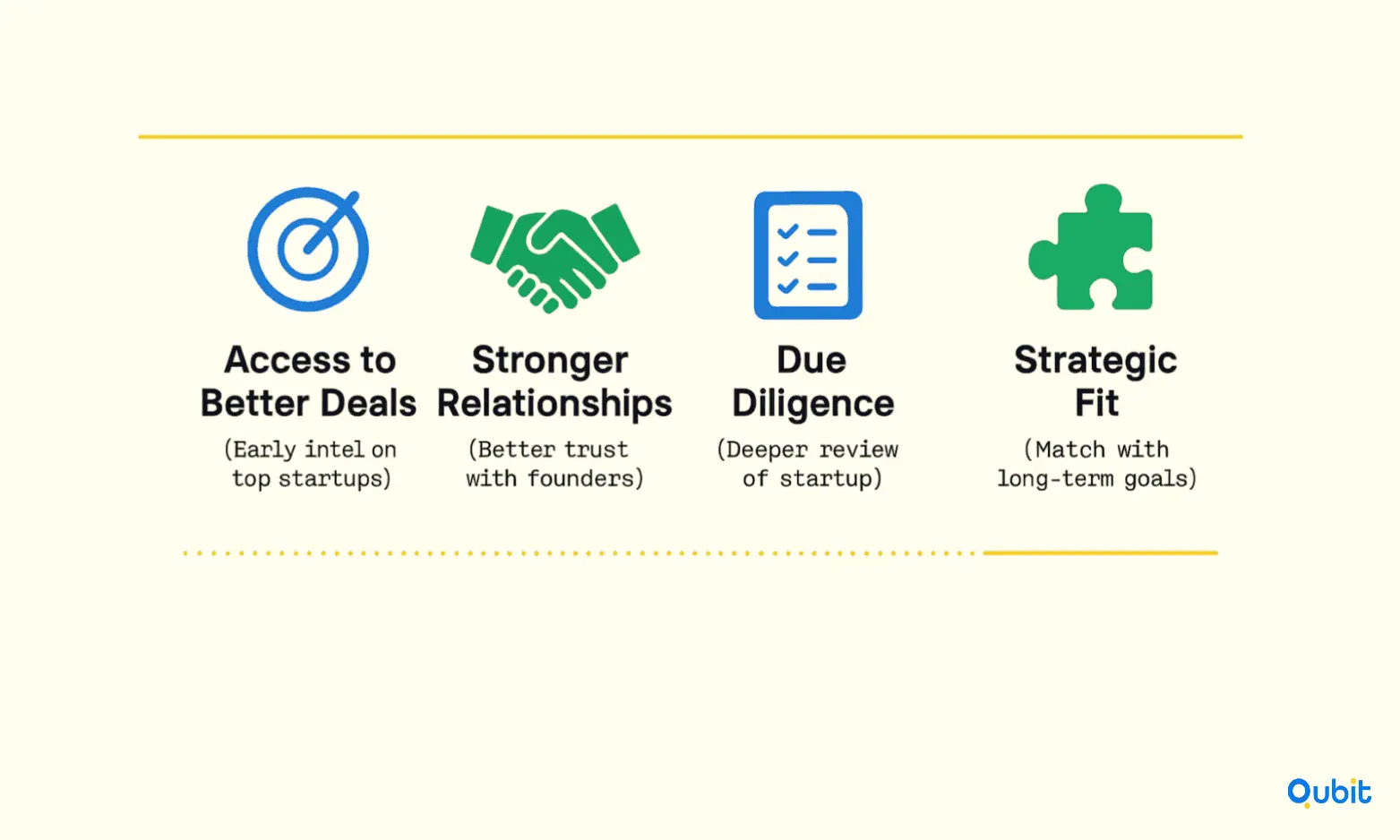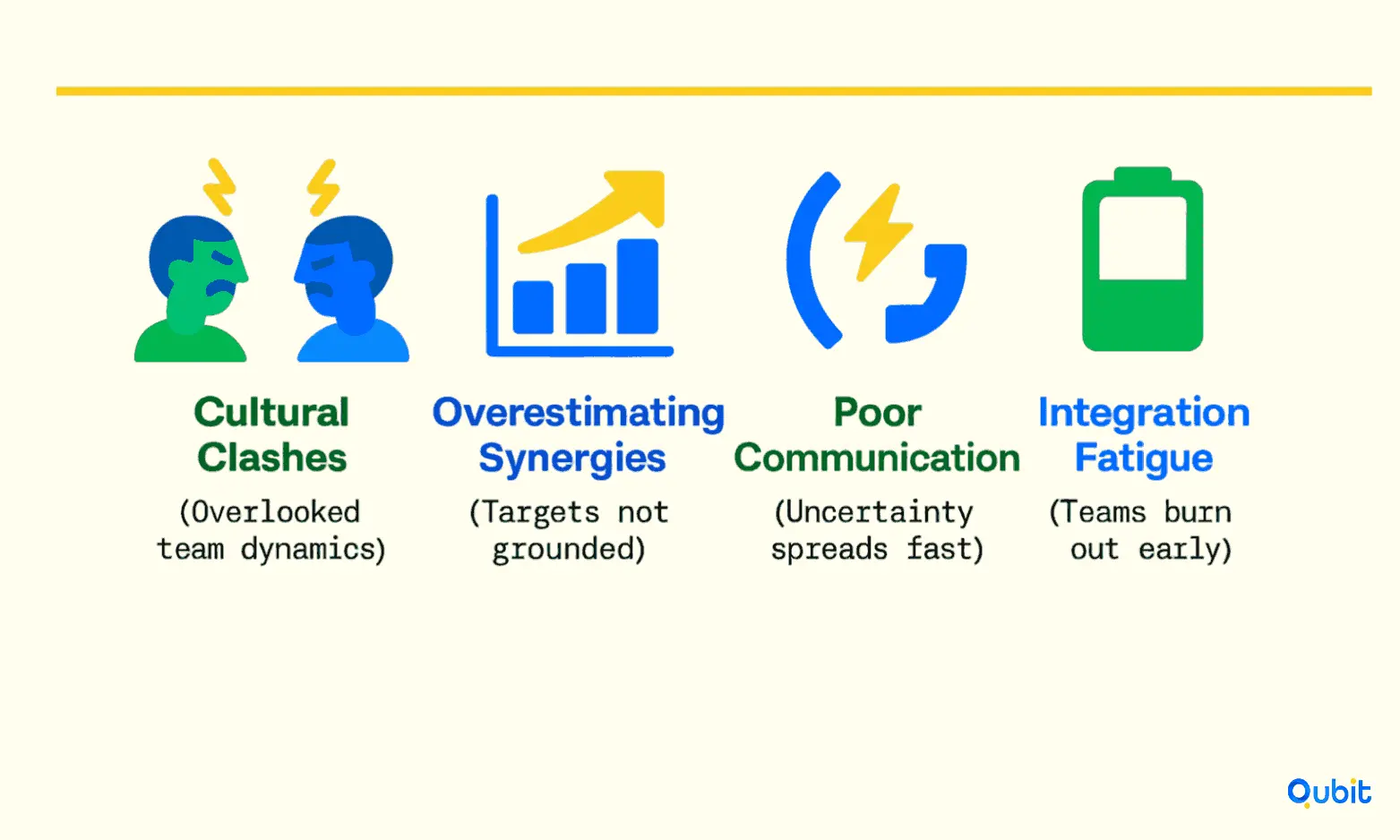Acquiring a startup can be one of the most transformative decisions an investor or company can make. The right acquisition can create new revenue streams, accelerate innovation, secure talent, or eliminate competition. But while the outcomes may be attractive, the pathway to a successful acquisition is rarely straightforward. At the heart of any successful deal is timing. Knowing when to begin planning an acquisition can be the difference between a seamless integration and a costly misstep.
Your analysis gains broader context from the overarching discussion on startup acquisition strategies, which offers an expansive view that complements detailed planning insights.
In this article, we’ll explore the optimal timing for investors to start planning the acquisition of a startup. We’ll dig into the strategic, financial, and operational cues that signal opportunity, examine the due diligence process, and discuss how to set your investment on the right trajectory
Why Plan Early?
The process of acquiring a startup is not only complex; it’s highly competitive. For every promising startup, there are likely several interested suitors. Investors who take a proactive approach and begin planning early can gain critical advantages, such as:

- Access to Better Deals: Early engagement often gives investors advanced knowledge of up-and-coming startups before they hit the radar of competing buyers.
- Stronger Relationships: Building rapport with founders and key stakeholders over time leads to transparency and smoother negotiations.
- Due Diligence: Planning ahead enables a more comprehensive understanding of the startup’s technology, team, and market position.
- Strategic Fit: It allows time to assess and align the potential acquisition with the investor’s broader strategy, avoiding rash or ill-fitting purchases.
The Lifecycle of a Startup: Key Acquisitional Milestones
Understanding the typical lifecycle of a startup helps investors pinpoint the best times to consider acquisition:
- Seed & Early Stage: While startups are still proving product-market fit, acquiring at this stage is riskier, but can provide access to unique intellectual property or talent before valuations skyrocket.
- Growth Stage: Here, the company has traction, increasing revenue, and a growing customer base. Acquiring during this phase can be costlier, but carries lower risk and faster integration potential.
- Pre-IPO or Maturity Stage: Startups preparing for IPO are mature, but acquisitions can be expensive and competitive. Often, these are strategic deals that require significant resources and justification.
Most successful investors start planning for an acquisition during the late Seed or early Growth stage, positioning themselves well before the startup becomes a high-profile target. But how do you spot the right time? For a deeper understanding of evaluating acquisition strategies, explore the concept of startup acquisition vs partnership.
Signals It’s Time to Start Planning
1. Strategic Alignment
If you notice a startup whose product, technology, or team complements your investment strategy or portfolio, that’s an early cue to begin planning. Strategic alignment might mean the startup fills a gap in your service offerings, brings a new capability, or strengthens your position in a target market.
2. Market Momentum
When a startup begins to receive consistent recognition—whether through awards, favorable press, rapid customer acquisition, or partnerships with key industry players—it’s an indicator the company is gaining momentum. Investors who start their planning at this juncture have time to analyze performance and build a case for acquisition. For insights on how readiness fosters a competitive edge, explore the dynamics of startup acquisition competition.
3. Leadership and Team Strength
Startups live and die by their teams. If you observe a particularly strong leadership team with a track record of execution, this can be an early signal to consider acquisition. High-performing teams are often at risk of being poached by competitors, so early planning can give you the necessary lead time to secure them.
4. Technology or Intellectual Property Edge
Evaluating the startup’s technological advancements or unique intellectual property is another early trigger for planning. If a company is gaining a technological edge, it may soon become the target of numerous acquirers. Getting to know the team, gauging IP validity, and ensuring freedom to operate are time-consuming steps, so planning them early is crucial.
Building Relationships Early
One of the most overlooked aspects of a successful startup acquisition is relationship-building. Investors who make a habit of networking with founders, attending industry events, and mentoring startups tend to have an inside track when it comes to deals. Building these relationships well before an acquisition is even on the table fosters trust and transparency, and makes the entire process smoother.
Key tactics for building strong pre-deal relationships:
- Offer value in the form of mentorship, introductions, or seed-stage funding.
- Regularly check in with founders to track progress and pain points.
- Invite startup leaders to participate in portfolio company events.
- Establish a reputation as a supportive, long-term partner.
The Due Diligence & Preparation Phase
When investors see promising signs, a startup demonstrating growth, market fit, strong leadership, and innovation—it’s time to start planning in earnest. But what does that planning actually look like, and what steps should investors follow to ensure a smooth, value-driven acquisition?
Understanding the Timeline: From Planning to Integration
A typical startup acquisition process, from initial planning to post-acquisition integration—can take anywhere from 6 to 24 months. The stages usually include:
- Initial Contact: Expression of interest, often via a Letter of Intent (LOI).
- Due Diligence: A thorough investigation of the startup’s financial, legal, operational, and technological aspects.
- Negotiation: Determining the deal structure, price, payment type, and conditions.
- Regulatory Approval: Ensuring there are no legal or compliance barriers.
- Post-Acquisition Integration: Aligning teams, systems, and culture for a seamless transition.
Starting to plan at least 12 months ahead is highly recommended. This allows for proper relationship building, a deeper assessment of the target, and time to resolve complex due diligence findings. Investors and acquirers who only begin planning when deals are on the table risk being outpaced by more prepared competitors.
Due Diligence: The Heart of Acquisition Readiness
Due diligence is a comprehensive, step-by-step process where investors assess the true value and potential risks of an acquisition. It usually covers:
Financial Due Diligence
- Analysis of financial statements, revenue streams, cash flow, burn rate, and projections.
- Spotting any irregularities or unsustainable growth patterns.
- Assessing customer acquisition cost vs. lifetime value.
Legal Due Diligence
- Review of corporate governance, contracts, IP ownership, pending litigation, and regulatory compliance.
- Verification of equity structures, stock options, and investor agreements.
Operational Due Diligence
- Evaluation of product offerings, technology, customer base, supply chains, and HR structure.
- Technology scalability, defensibility, and talent risks.
Market Due Diligence
- Assessment of market size, competitive landscape, and the startup’s unique value proposition.
- Growth prospects, customer retention, and market traction.
Preparing the Startup
Smart investors provide guidance early, encouraging target startups to organize all key documents in a secure virtual data room. This preparation before due diligence officially starts greatly accelerates the process and often leads to better deal terms.
Signs an Acquisition Is Imminent
Savvy investors look for subtle cues within startups indicating acquisition readiness, including:
- Leadership Distraction: Founders and executives become less engaged in routine operations, signaling their focus might be elsewhere.
- Focus on Security: Sudden increases in cybersecurity and compliance activities usually mean the company is preparing for external scrutiny.
- Hiring Slowdown: A decrease in hiring and retention urgency may indicate an impending change in ownership.
- Enhanced Data Organization: Sudden efforts to clean up legal, financial, and operational records are strong indicators that acquisition talks are underway.
Being able to recognize these signs gives investors timely insight and leverage to act before the competition.
Crafting Your Acquisition Thesis and Business Plan
Investors should develop a clear acquisition thesis, guiding principles dictating why, how, and when a startup fits into their strategy. This thesis, coupled with a detailed business plan that assesses integration, key synergies, expected returns, and risks, keeps the acquisition team aligned and focused throughout the process.
Integration Planning: Start Early, Execute Smoothly
Effective integration planning begins well before the deal closes. Investors should develop a detailed integration roadmap covering multiple dimensions:
- Cultural Integration: Understanding the startup's company culture and leadership style is crucial. Plan initiatives that foster open communication, respect existing values, and align teams with the broader organization's mission.
- Operational Alignment: This involves harmonizing processes, systems, and workflows. Whether it’s integrating technology stacks, consolidating customer support, or synchronizing sales processes, it must be done thoughtfully to minimize disruptions.
- Retention of Key Talent: Ensuring that founders, executives, and key employees are motivated to stay post-acquisition is essential. Investors should consider incentive structures, clear career pathways, and transparent communication of future roles.
- Customer and Market Communication: Managing messaging to customers and stakeholders maintains loyalty and reduces churn. The acquisition story should communicate added value and continuity.
Common Post-Acquisition Pitfalls and How to Avoid Them
While acquisitions present opportunities, they also carry risks. Common pitfalls include:

- Cultural Clashes: Disregarding cultural differences can cause demotivation and departures. Avoid by early engagement with all stakeholder groups.
- Overestimating Synergies: Planning for overly optimistic synergy savings can lead to missed targets and disappointment. Be realistic and base synergies on detailed analysis.
- Poor Communication: Lack of transparent communication generates uncertainty. Keep all parties informed and involved.
- Integration Fatigue: Trying to do too much too fast can exhaust teams. Prioritize critical integration activities first.
When to Walk Away: The Importance of Flexibility
Not every planned acquisition will close. Investors should be prepared to exit negotiations if due diligence reveals unacceptable risks, valuation expectations diverge too much, or strategic fit becomes unclear. Sticking to an acquisition thesis balanced with flexibility ensures better capital allocation and reduces costly mistakes.
Conclusion
Investors should see acquisition planning not as a single moment, but a continuous journey starting as soon as a startup aligns closely enough with strategic goals. From early scouting and relationship building to detailed due diligence and post-acquisition integration, the process demands forethought and agility.
By planning early, being thorough, and prioritizing relationships and culture, investors gain leverage, reduce risk, and maximize the chances of profitable deals. The right time to start planning for a startup acquisition is as soon as the strategic signal turns green
If you're considering your next acquisition move, we at Qubit Capital are here to help with our Strategic Acquisition service. Connect with us to get started today!
Key Takeaways
- Early planning is crucial for successful startup acquisitions.
- A detailed acquisition plan should cover funding, value creation, timeline, and team building.
- Strategic positioning and robust internal processes boost buyer confidence.
- Transparent communication within teams is key during transitions.
- Leveraging expert insights and tools can streamline the acquisition process.
Frequently asked Questions
What is the best time to sell a startup?
Generally, the best time is when market conditions are favorable and your startup has a strong growth trajectory to attract competitive offers.






